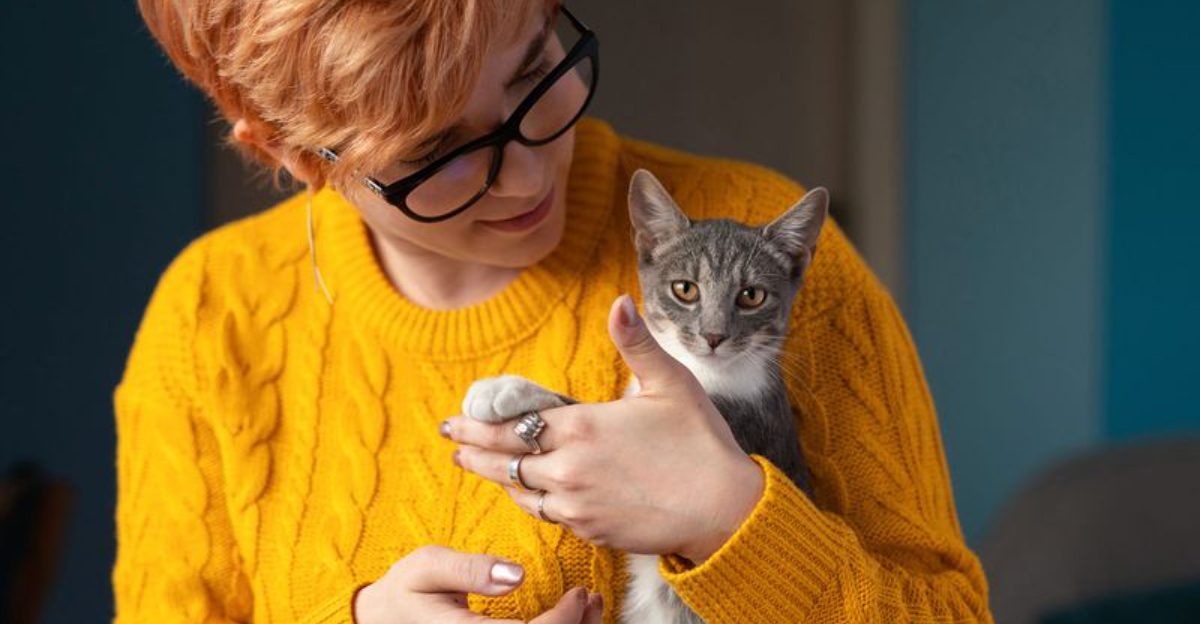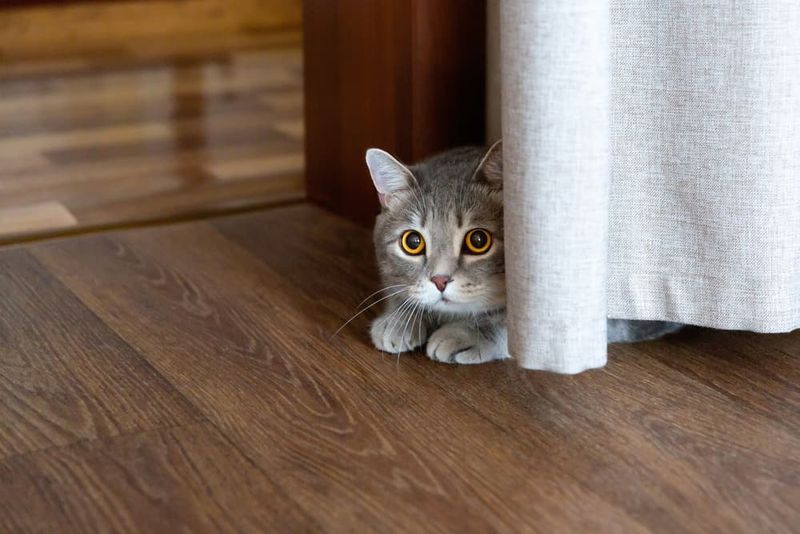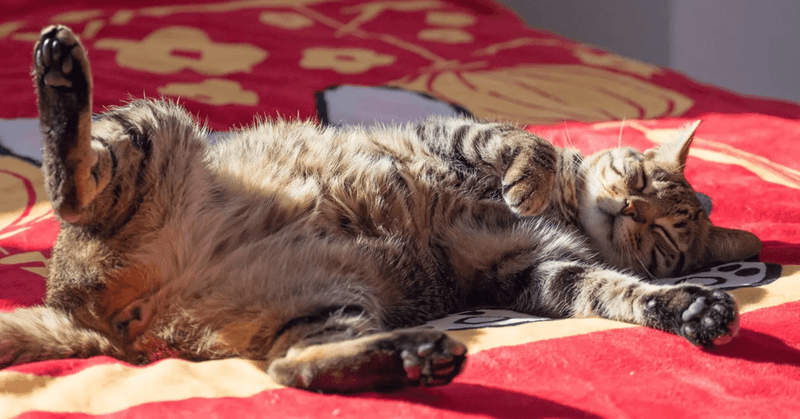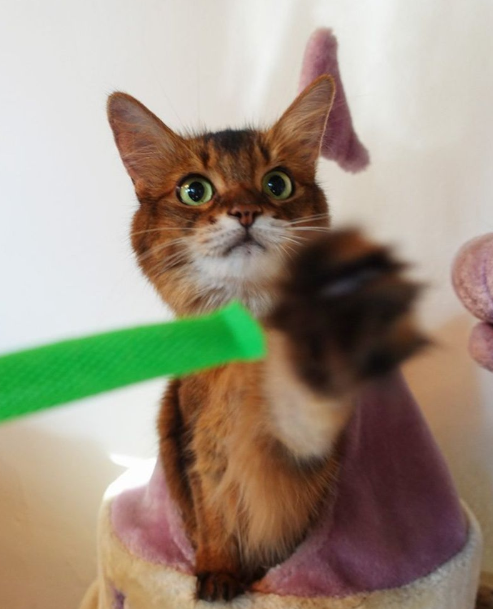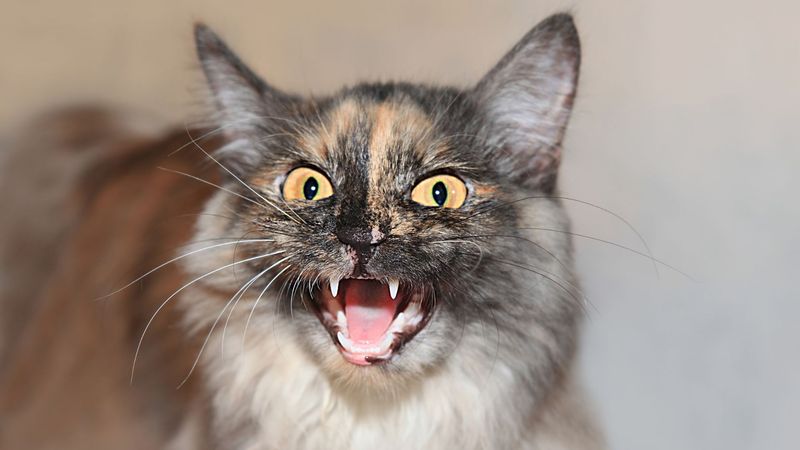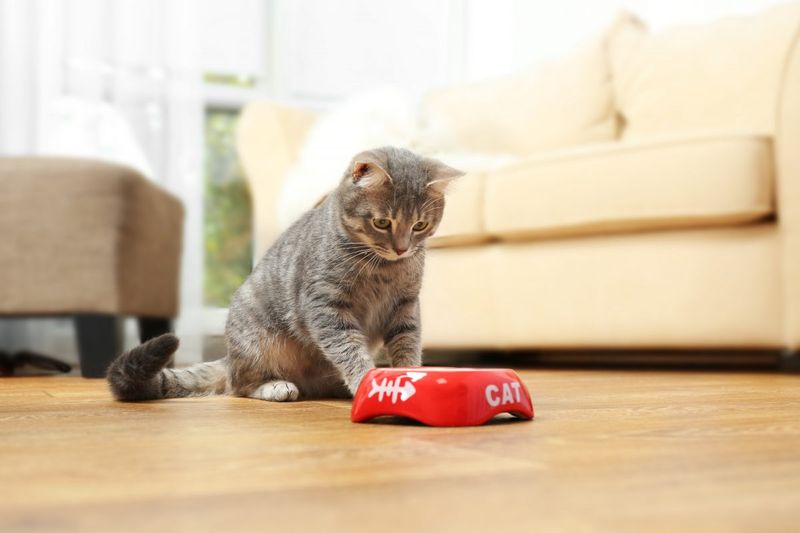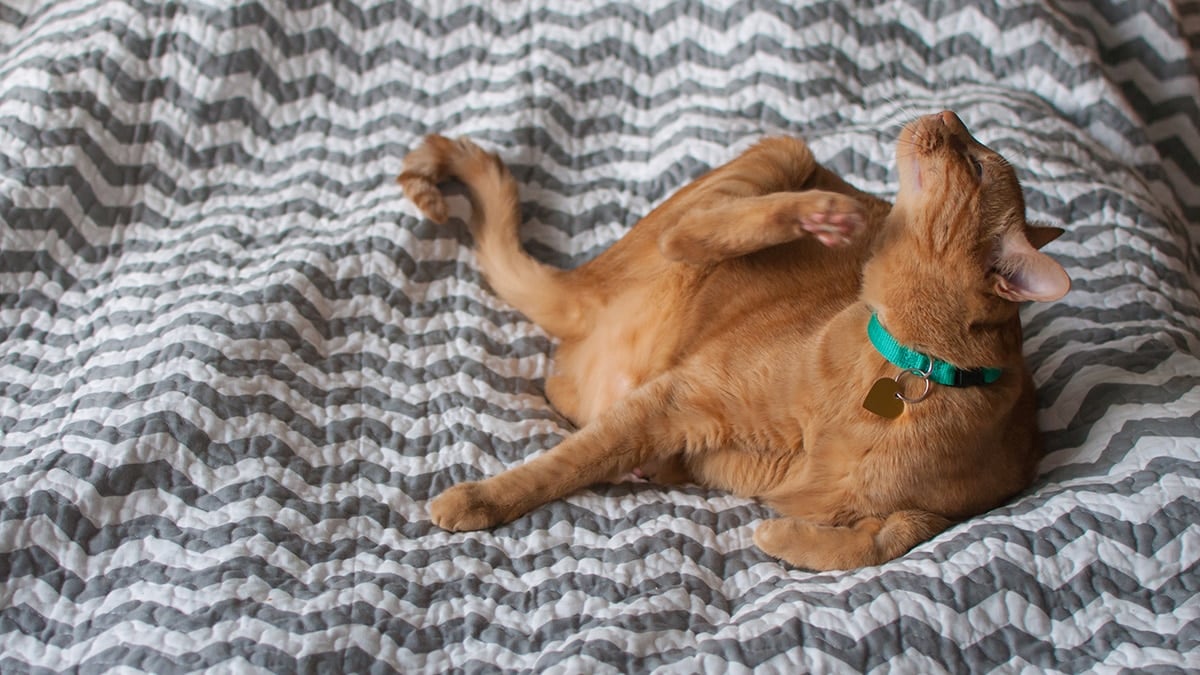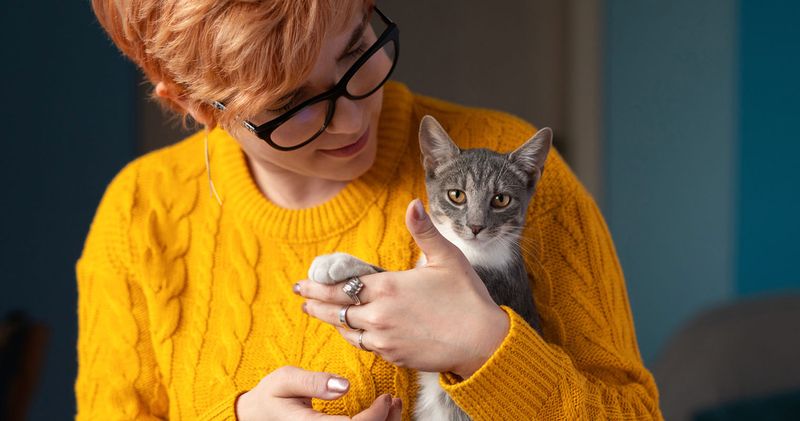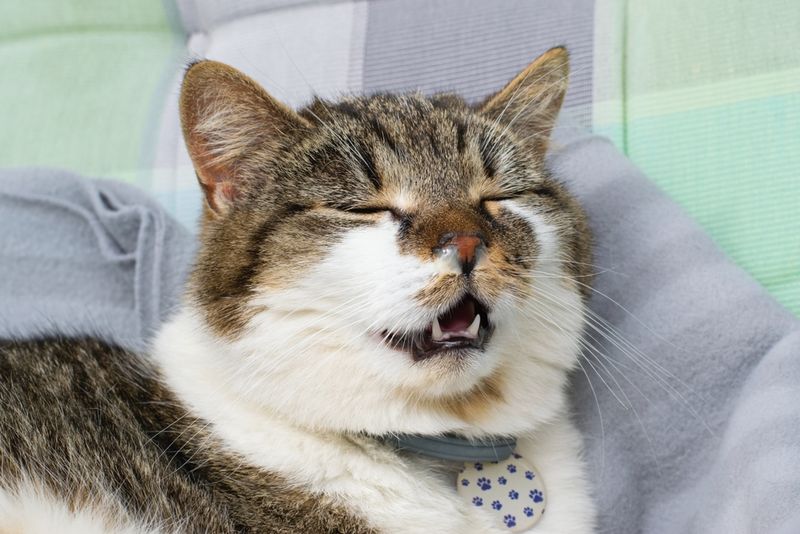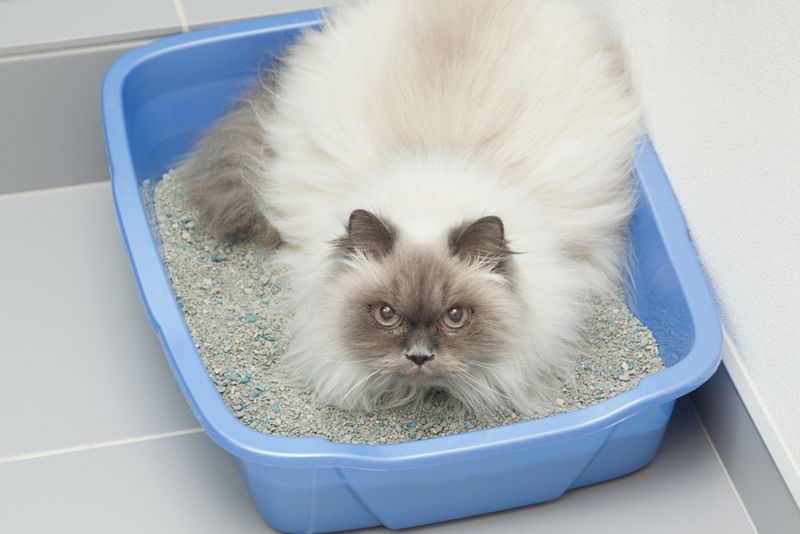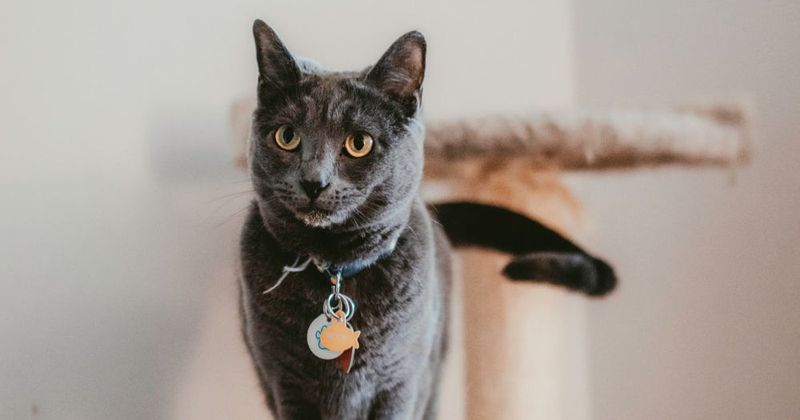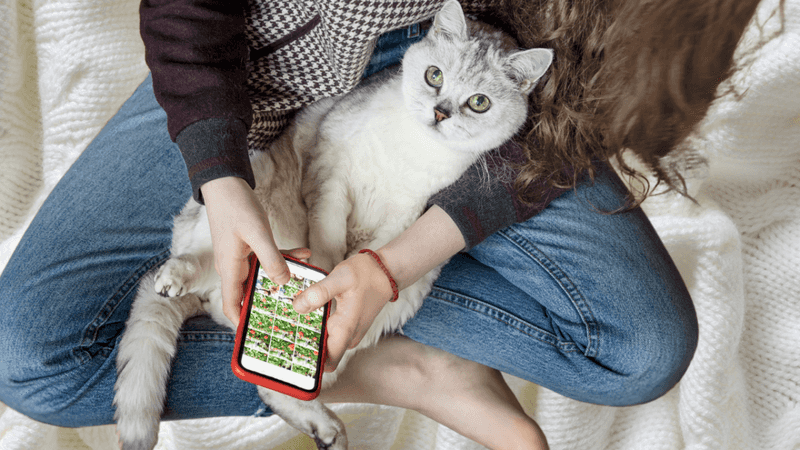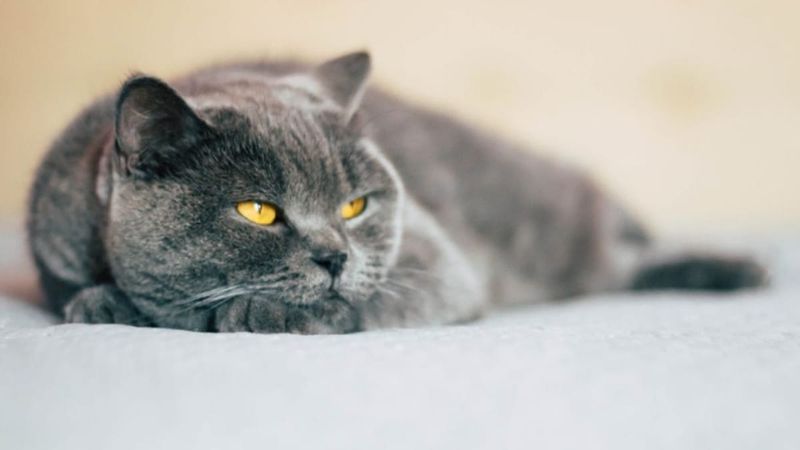📖 Table of Content:
- 1. Avoiding Social Interaction
- 2. Excessive Sleeping Beyond the Norm
- 3. Lack of Interest in Play
- 4. Sudden Irritability or Aggression
- 5. Loss of Appetite
- 6. Excessive Grooming or Neglecting Grooming
- 7. Frequent Hiding
- 8. Uncharacteristic Vocalizations
- 9. Sudden Litter Box Issues
- 10. Tense Body Language
- 11. Clinginess Followed by Withdrawal
- 12. Disinterest in the Environment
Despite their stoic exterior, felines are deeply sensitive beings that absorb the energy in their surroundings. Prolonged exposure to noise, change, or tension can wear down even the calmest cat, leading to emotional exhaustion that is subtle yet significant.
Unlike dogs, cats rarely express emotional discomfort through overt behavior. Their signs are quieter, more nuanced, and often dismissed as quirks or temporary moods. Yet, just like humans, cats need emotional balance, and when that equilibrium is disrupted, their well-being suffers. Whether it’s a chaotic household, the addition of a new pet, or even a shift in daily routine, a variety of stressors can take a toll on your feline’s mental state.
Understanding the signs of emotional fatigue in your cat can help you intervene with compassion before the stress deepens. By observing behavior changes and providing a calm, supportive environment, you allow your cat to decompress and restore their emotional reserves. Here are twelve clues that suggest your cat may be emotionally drained and craving peace, each one offering a glimpse into their silent call for rest and quiet.
1. Avoiding Social Interaction
Cats are social creatures, but they also need their personal space. If your once affectionate cat starts hiding or avoiding cuddles, it’s a sign they might be emotionally drained. Cats have individual preferences, but when a sociable cat slinks away from human interaction, it indicates distress. This behavior can manifest as quickly leaving the scene when approached, or hiding in places they usually avoid. Emotional exhaustion can drive a cat to seek solitude, and understanding this need is essential. Encouraging a calm environment and respecting their space can help them regain their emotional balance.
2. Excessive Sleeping Beyond the Norm
While cats are known for their love of sleep, excessive slumber may signal emotional fatigue. Normally playful and active felines withdrawing into prolonged naps is noteworthy. This behavior suggests the cat is overwhelmed or stressed. If your cat sleeps through activities they once enjoyed, it reflects a lack of energy to engage with the world. It’s crucial to monitor changes in sleep patterns. Providing a peaceful environment and ensuring all their needs are met can help them recharge. Sometimes, simply offering a new cozy bed might make a difference.
3. Lack of Interest in Play
Playtime is a key component of a cat’s life, providing both physical exercise and mental stimulation. If your cat suddenly loses interest in their favorite toys, it could indicate emotional exhaustion. Cats thrive on routine, and play is part of that. A disengaged cat may seem listless or unresponsive during activities they once loved. To help restore their zest, consider introducing new toys or games. Sometimes a change in their play environment can reignite their enthusiasm and break the cycle of emotional fatigue.
4. Sudden Irritability or Aggression
Cats can be temperamental, but sudden irritability or aggression often signals they’re overwhelmed. A cat that hisses or swats with little provocation is likely emotionally strained. Stressors in their environment, such as changes in routine or new pets, can contribute to this behavior. Reducing these stressors and providing a safe space can alleviate their tension. Understanding their triggers and offering comfort can turn their mood around. Patience and gentle interaction are key when dealing with a cat on edge, helping them find peace.
5. Loss of Appetite
A sudden change in eating habits is a red flag for feline emotional health. When a cat shows disinterest in food, it may be emotionally exhausted. Cats often use eating as a comfort mechanism, so a loss of appetite indicates distress. This behavior can lead to further health issues if not addressed promptly. Ensuring they have access to their preferred foods and a stress-free dining area can encourage eating. Monitoring their eating habits and consulting a vet if the issue persists is crucial. A contented cat should eagerly anticipate meal times.
6. Excessive Grooming or Neglecting Grooming
Grooming is a natural behavior, but excessive or neglected grooming can signal stress. A cat that grooms obsessively might be trying to self-soothe in response to anxiety or emotional strain. Conversely, a cat that stops grooming may lack the emotional energy to care for itself. Both behaviors indicate a need for emotional support. Providing a stable environment and addressing any potential stressors can help. Regular brushing and affection can also comfort a cat struggling with these changes, helping them return to normal grooming habits.
7. Frequent Hiding
When a cat frequently retreats to hiding spots, it’s seeking refuge from stress. This behavior is a clear sign of emotional drainage, as they may feel overwhelmed by their environment. Cats require safe and quiet places to decompress, and frequent hiding suggests they’re not finding peace in their usual surroundings. Creating designated quiet areas can provide the solace they seek. Respecting their space and allowing them to emerge on their own terms fosters trust and eases their emotional burden, aiding in their recovery from stress.
8. Uncharacteristic Vocalizations
Vocal changes in cats often reflect changes in their emotional state. Increased meowing, yowling, or sudden silence from a typically chatty cat can indicate emotional distress. These vocalizations are their way of communicating discomfort or seeking attention. Listening to these cues and addressing potential stressors can help. Providing reassurance through gentle interaction or comforting routines can ease their anxiety. Vocalization changes should be taken seriously, as they often precede behavioral shifts requiring attention.
9. Sudden Litter Box Issues
Litter box issues are often more than just a cleanliness problem; they can reflect emotional distress. A cat avoiding the litter box might be signaling their discomfort or stress. Changes in routine, environment, or even a medical issue might contribute to this behavior. Ensuring the litter box is clean and in a quiet location can help alleviate anxiety. Understanding their behavior and providing consistent care and attention can help resolve these issues. Consulting a vet ensures there are no underlying health concerns exacerbating the problem.
10. Tense Body Language
A cat’s body language speaks volumes about its emotional state. Signs like a twitching tail, pinned-back ears, and dilated pupils indicate a high alert state. These physical cues show that a cat is feeling stressed or overwhelmed. Observing these signals and adjusting their environment can help them relax. Offering peaceful surroundings, gentle handling, and minimizing stressors can aid in calming your cat. Being attuned to these signs allows for timely interventions, ensuring their emotional well-being.
11. Clinginess Followed by Withdrawal
Cats often exhibit complex emotional patterns, with periods of intense affection followed by withdrawal. This behavior cycle can indicate emotional conflict or fatigue. A cat that vacillates between clinginess and aloofness might be struggling with unfulfilled emotional needs. Understanding these shifts and providing consistent affection and space is key. Creating a balance between interaction and solitude helps them find stability. Recognizing their need for both company and independence can ease their emotional burden.
12. Disinterest in the Environment
Cats are curious creatures, often keenly aware of their surroundings. A lack of interest in their environment suggests emotional shutdown. When a cat no longer responds to noises, toys, or changes around them, it reflects emotional fatigue. They might be overwhelmed or simply seeking peace. Creating a calm and stable environment helps rekindle their interest. Offering new experiences gradually can stimulate their curiosity without overwhelming them, restoring their zest for life.
